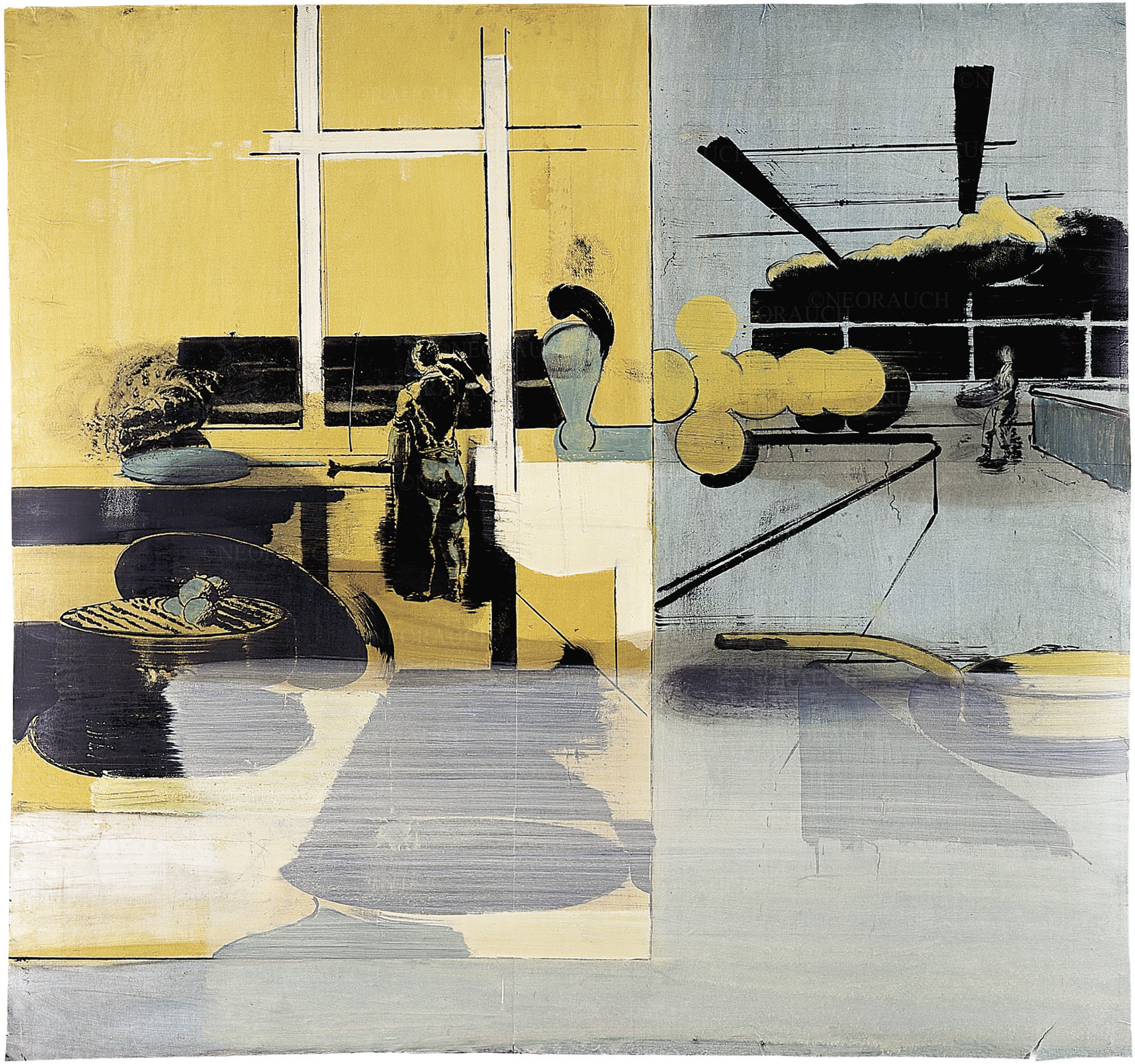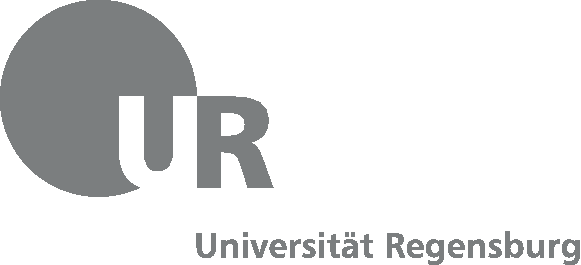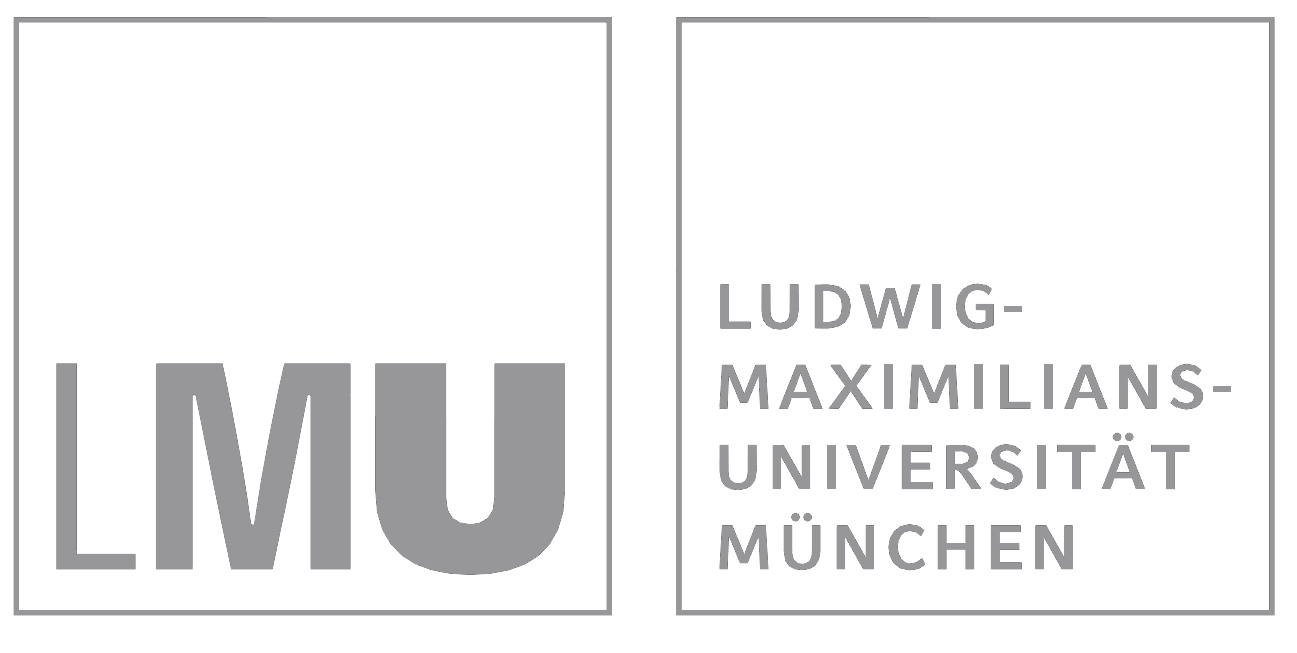Between Abstract and Figurative Art. Neo Rauch’s Pictorial Style before and after the Peaceful Revolution of 1989: A Question of Authenticity?
Veröffentlichungsdatum: 19 Aug 2021 11:52
Zitierbare Links:
URN: urn:nbn:de:bvb:355-kuge-582-1
Download:
| PDF Download (4MB) Sprache: Deutsch |
Durchschnittliche Beurteilung
Ihre Beurteilung
Kurzfassung
A phenomenon of contemporary art history that has received scant attention to date is the authentication and de-authentication by an artist of his own early work. The best-known case of the attempt by an artist to define his own oeuvre, and to bracket out works that are immature, of dubious quality or otherwise unwanted, is that of German star painter Gerhard Richter. With a few exceptions, Richter recognizes as authentic only those works that he produced from around 1962 onwards, i.e. the year after his flight from the former German Democratic Republic (GDR) to the Federal Republic of Germany (FRG). A similar de-authentication of parts of his early oeuvre can also be observed in the case of Neo Rauch, who may be counted as one of the most successful worldwide among the contemporary artists of his generation.
Lizenz
Jedermann darf dieses Werk unter den Bedingungen der Creative Commons Namensnennung 3.0 DE Lizenz benutzen.





Rezensionen
Kommentare
Es liegen noch keine Kommentare vor.Möchten Sie Stellung zu diesem Artikel nehmen oder haben Sie Ergänzungen?